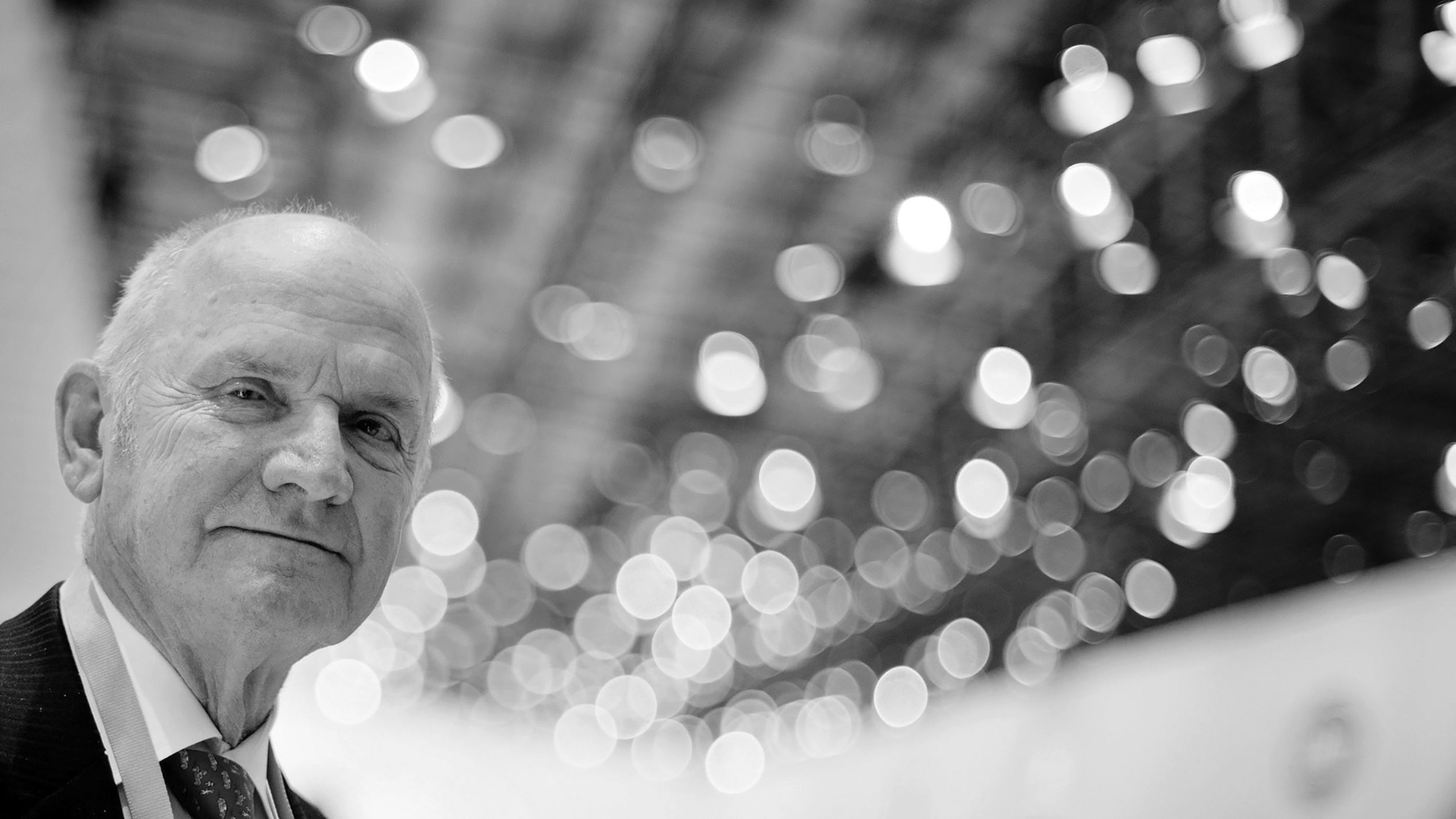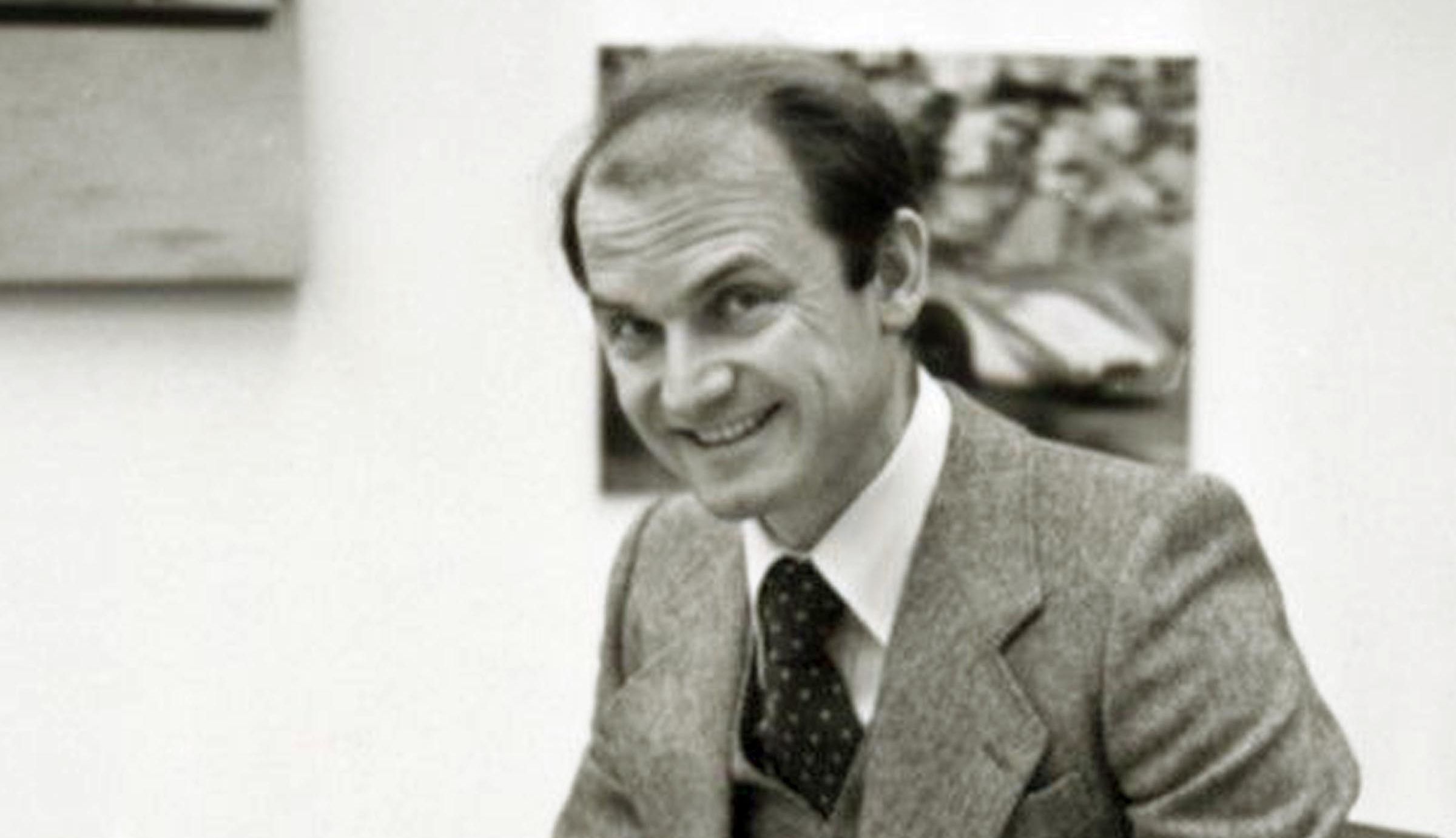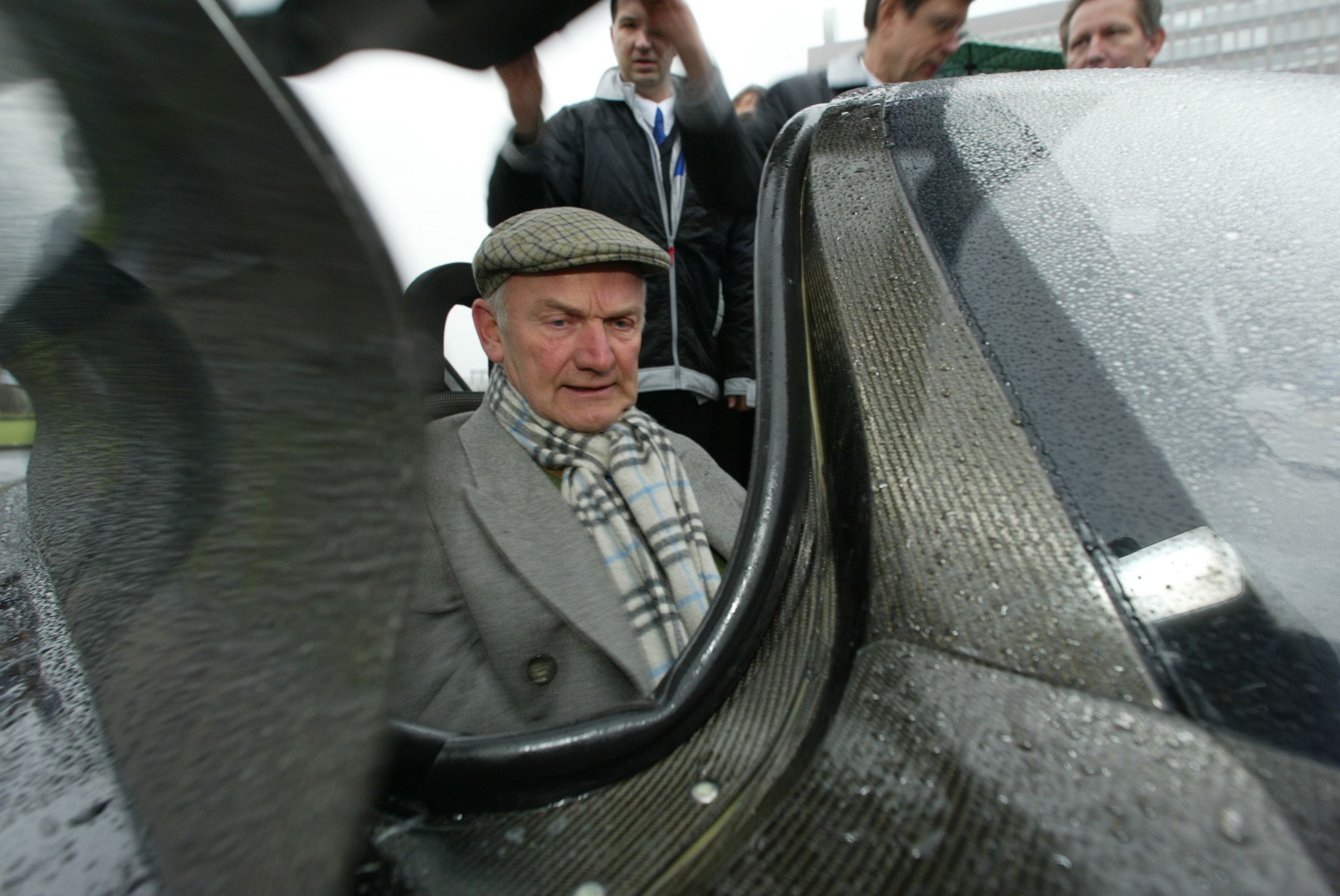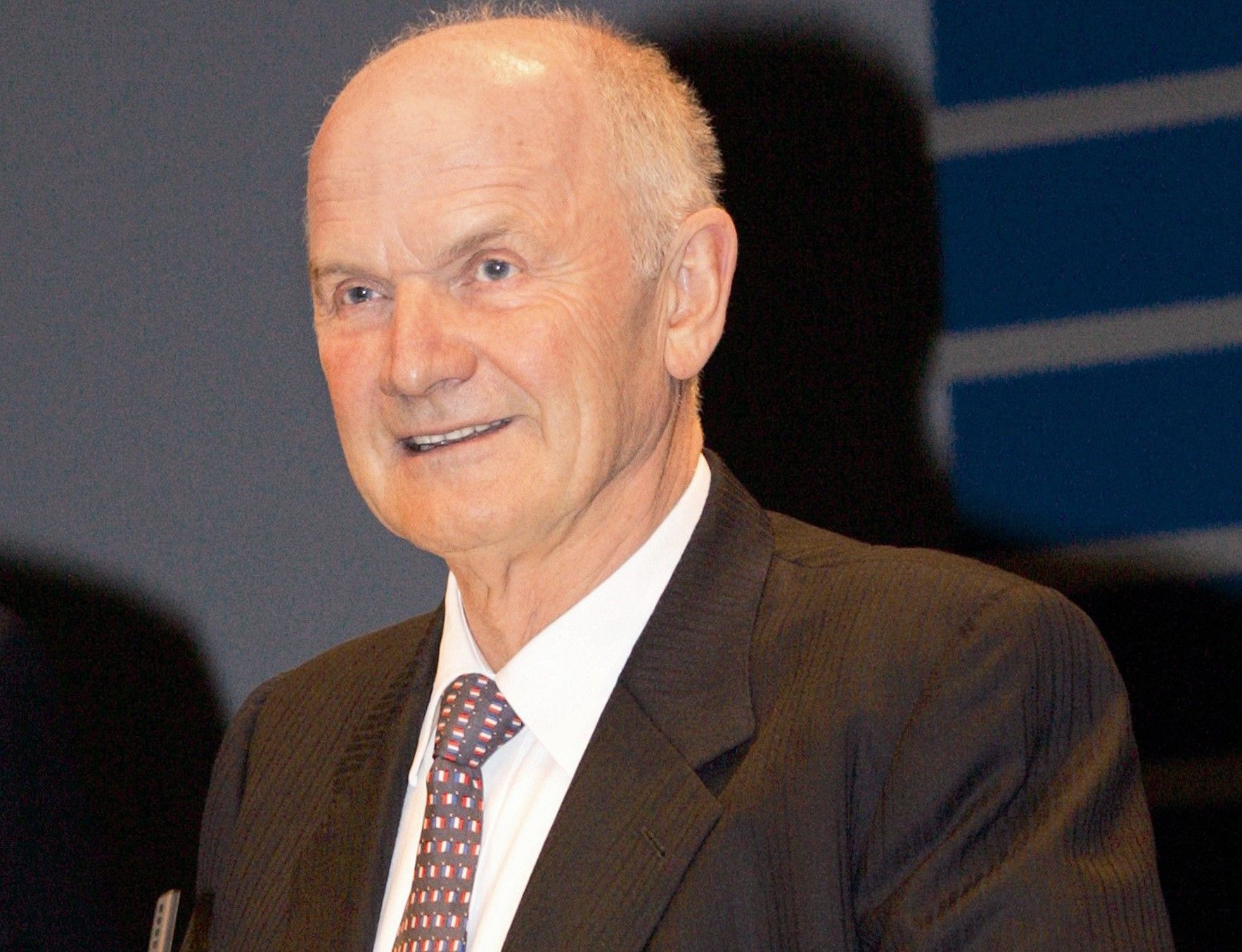Ferdinand Piech, former Chairman of the executive board of VW and, later on, of the supervisory board of Porsche SE, the principal shareholder of VW, has died on Sunday at the age of 82 according to German tabloid Bild. Piech has been a central figure in the automotive industry for decades, known for his no-nonsense style and his ability to push through and introduce models that have become highly influential over time, as well as massively popular. He is known for his involvement in projects such as the Audi Quattro, that spearheaded a whole lineup of AWD cars from the Ingolstadt brand as well as adding Porsche to the Volkswagen Group and bringing VW back on profitable ways in the new millennium.
It hasn't even been two months since the passing of legendary automotive executive Lee Iaccoca, the key figure behind the birth of the Ford Mustang and Chrysler's revival during his tenure as the company's CEO, and the automotive world has now lost another larger-than-life figure in Professor Ferdinand Piech, grandson of Porsche founder Ferdinand Porsche, and one of the most influential figures in the modern automotive landscape. While ousted from the top of the VW Group four years ago, his legacy will live on, as will the emblematic models that he engineered and helped bring to life.
Ferdinand Piech was one of the most brazen and successful automotive executives of the last 40 years
German media announced on Monday that Ferdinand Piech, the former boss of the Volkswagen Group, had died on Sunday.
Piech, born Ferdinand Karl Piech on April 17, 1937 in Vienna, Austria, was the son of Louise and Anton Piech. Louise was the daughter of Ferdinand Porsche, the founder of the company that would hire him in 1963, merely a year after graduating from ETH Zurich, in Switzerland, with a degree in mechanical engineering. Piech's master thesis centered around the construction of a Formula 1 engine at a time when Porsche was involved in the series with the 804. As a side note, that car won the French Grand Prix in the hands of Dan Gurney the year that Piech graduated from university.
You could say his entrance into the company was facilitated by the fact that Ferdinand Porsche, who died in 1951, was his grandfather and that 'Ferry' Porsche was his uncle, while father Anton Piech had led Volkswagen between 1941 and 1945 during which time the company primarily built Kuebelwagens and Schwimmwagens for the army. Anton Piech passed away in 1952 leaving Ferdinand, nicknamed 'Burli' as a child, to learn how to take care of himself. From a young age, he seemed to be a bit more shrewd and business-oriented than uncle Ferry's children and this would be proved by his achievements later in life.
He co-engineered Porsche's climb up the ranks in sports car racing at a time when the company was hungry for success in the biggest endurance race of them all, the 24 Hours of Le Mans. While amassing an already impressive number of victories in the lower categories throughout the '50s and the early '60s, Porsche never really played a part in the battle for overall honors but the 906 was the first model that hinted at Porsche's intentions for the future.
However, he's best known for designing the 917 that debuted in 1969, one year after Piech assumed the position of Head of Development. He'd previously suggested that Porsche's racing cars should be RHD as that would help with weight balance on the predominantly clockwise race tracks and this was a design element that went into the insane 917. The prototype, of which 25 units were initially built in order to be homologated in the Group 5 category (sports cars with engines over 3.0-liters in capacity), was extremely light thanks to a gas-pressurized frame. "Legend says that after the completion of the first prototype, he crawled underneath the 917 equipped with a magnet and wherever this magnet would cling to the car, he ordered his engineers to replace that part with something lighter."
While this may not be true, the first iteration of the 917 proved particularly hard to drive and, in fact, Porsche's mainstay of works drivers shied away from driving it in its first two outings, with Jo Siffert telling Brian Redman - who'd been contacted by Piech to drive the car in the Nurburgring 1,000-kilometer race that year - that he won't drive the car until it's all sorted out and that the bulk of the drivers decided to "let someone else find out what breaks first". By year's end, the 917 proved its worth by winning the Zeltweg 1,000-kilometer race with Siffert and Kurt Ahrens, Jr. onboard.
However, Ferry decided to hand most of the factory's support for 1970 to a different team, not the one from Weissach led by Piech. Instead, it would be John Wyer's men from the U.K. (with money from Grady Davis' Gulf Oil company) that'd spearhead the Porsche 917 assault on the 1970 World Championship, Wyer and John Horsman already devising a new short tail for the 917 ahead of the start of the season at Daytona. Frustrated at Ferry's decision, Piech decided to fight back by entering a team that he would lead from the shadows - Porsche K.G. Salzburg. The team, manned by many Porsche mechanics that had worked on the racing cars in the previous years, delivered the goods when it mattered: while Wyer's trifecta of 917s faltered, the No. 23 K.G. Salzburg-entered 917K driven by Richard Attwood and Hans Herrmann won the 1970 24 Hours of Le Mans.
It was Porsche's first outright win at Le Mans and by 1971, Piech was the Head of the Engineering department while his baby, the 917, won at Le Mans again as well as bagging a second consecutive world title before the cars were banned altogether. In spite of this, things weren't looking too bright for Piech who'd hoped he'd replace Ferry Porsche as the company's CEO. At the time, the Piech and Porsche families each owned 50% of the Stuttgart-based automaker but an internal power struggle that was brewing for some time saw the Porsche family decide that neither members of the Piech family nor the Porsche family should be involved in the day-to-day operations of Porsche.
The snap decision pushed Piech out of Porsche through the back door and away to Ingolstadt where he ended up working in Audi's R&D department.
Piech, who was known for his gladiatorial style and his thinking that everything is a battle, wasn't going to sit around and watch on as Audi's ship was sailing aimlessly with no land in sight. At the same time, he also established his own engineering consultancy firm banking on experience gathered at Porsche. One of his better well-known customers at the time was Mercedes-Benz, a future rival of Audi, whom Piech helped at a time when Mercedes needed a new diesel unit for its sedans. The OM617 five-cylinder was the result of this partnership. This was no coincidence as he pushed for the development of a five-pot from his position within the R&D department at Audi.
Later, he prioritized the development of AWD for production cars with the scope of putting it at work in competition. Of course, four-wheel-driven cars weren't something new in motorsports but the tech had all but disappeared after being banned in a number of series in the late '60s. However, Piech thought that it was rallying where AWD cars would really shine. After getting the other manufacturers to agree on a supposedly harmless rule change that would allow AWD cars to compete in the WRC, Audi with Piech at the helm unleashed the Quattro in 1981.
We all know how that went: Audi dominated the first few seasons of the newly introduced Group B formula - the only non-AWD cars to stand in the way of the Quattro steamroller were Lancia's RWD 037s in 1983.
Five years after becoming the boss of Audi, he moved up the ranks to become the chairman of the executive board of the entire Volkswagen Group at a time when Volkswagen was struggling.
Bob Lutz, as Road & Track writes, once asked Piech how he achieved this sudden rise in product quality at Volkswagen. "I'll give you the recipe," Piech told Lutz, who was working for Chrysler in the '90s. "I called all the body engineers, stamping people, manufacturing, and executives into my conference room. And I said, 'I am tired of all these lousy body fits. You have six weeks to achieve world-class body fits. I have all your names. If we do not have good body fits in six weeks, I will replace all of you. Thank you for your time today.'"
This episode is indicative of a man that was almost always demanding the best from his people as he never ceased to chase the perfect product: both as a way to please the customers and, maybe, more importantly, to please himself. He also learned the political game during his tenure at Volkswagen as the company was controlled by the state of Lower Saxony and the Unions. He befriended Gerhard Schroeder, the former German chancellor who acted as the premier of Lower Saxony and member of the VW Supervisory Board when Piech took over in 1993.
In hindsight, you could argue that Piech's ways were not always ethical as he was known for his autocratic style but, on the other hand, it's hard to argue with the success of his methods: Piech turned the group's fortunes around and morphed into a worldwide superpower - but the wars continued, especially with the Porsche family, while he made sure to assign trustees in key positions within the Volkswagen Group before retiring in 2002 due to age constraints. Bernd Pischetsrieder took over but, in reality, Piech was still very much in charge from his new position as chairman of the supervisory board of Porsche SE, a position he held until 2015.
The second part of his reign wasn't without its turmoil. In 2006, he ousted Pischetsrieder, the man he'd picked himself to take his place at the head of the board and he also successfully fended off a Porsche takeover of the whole VW Group masterminded by Wendelin Wiedeking, a man that joined Porsche at Piech's own suggestion after Piech himself was called back from Audi to save the Stuttgart-based automaker. Wiedeking tried to buy into Volkswagen and then take over the Volkswagen Group in the mid-'00s but Piech from his position at the sharp end of the supervisory board stopped it from happening and Wiedeking left the ship in 2009. In spite of this, he still respects Piech (at least in public), calling him a "gifted developer of cars and motors." That's maybe because the two were similar in the way they acted and both applied the Japanese rules of manufacture in their companies, although Wiedeking also said that " didn’t always keep his directional stability nor his promises, including sudden lane-changes,"
This was all possible because - despite his persona - Piech enjoyed a "cult-like following" within the Group, according to Bloomberg, that shielded him from criticism although some resounding flops were made during his reign. Take the Volkswagen Phaeton, for instance, one of the cars that Piech is most proud of, but also one that effectively didn't sell Stateside as well-to-be Americans didn't want to be seen in something wearing the VW badge.
These three cars alone are "three of the 10 biggest money-losers in modern automotive history, according to estimates from Max Warburton, an analyst for Sanford C. Bernstein & Co. That’s the worst track record in the industry," writes Bloomberg. But nobody said a word to Piech when the Veyron was losing Volkswagen seven-figure sums on each unit made. Granted, those around him were probably either scared or conscious of the fact that Piech, by his own admission, didn't abide by anyone. "If I want to achieve something, I approach the problem and push it through without realizing what’s happening around me,” Piech wrote in his autobiography. "My desire for harmony is limited."
But within the Volkswagen Group's repertoire, there's harmony.
A number of other automotive giants followed suit and incorporated some of Piech's ideas and it's easy to see why.
While the Viennese was never accused of anything in the scandal that famously saw a U.S. federal judge order Volkswagen to pay a $2.8 billion criminal fine for "rigging diesel-powered vehicles to cheat on government emissions tests," he did make sure that some of his rivals would be in hot waters after his departure. He told prosecutors at the time that he informed key Volkswagen officials of potential issues related to the company's emission testing procedures on diesel cars but they didn't take action. Winterkorn, Dr. Wolfgang Porsche, his cousin and the elder of the Porsche family, and board member Stephan Weil, the premier of Lower Saxony, all denied the allegations made by Piech.
It is hard, then, to paint an accurate picture of Piech - both as a businessman and as a person. Maybe reading his autobiography would be a good place to start if you want to know more about Piech, his myth, and how he built the legacy that he's now leaving behind. What's clear is that the Volkswagen Group and all the brands standing in its shade, as well as the auto industry as a whole, wouldn't have been the same had Ferdinand Piech not been around to do it all his way and his way only for half a century - for good and for bad.




